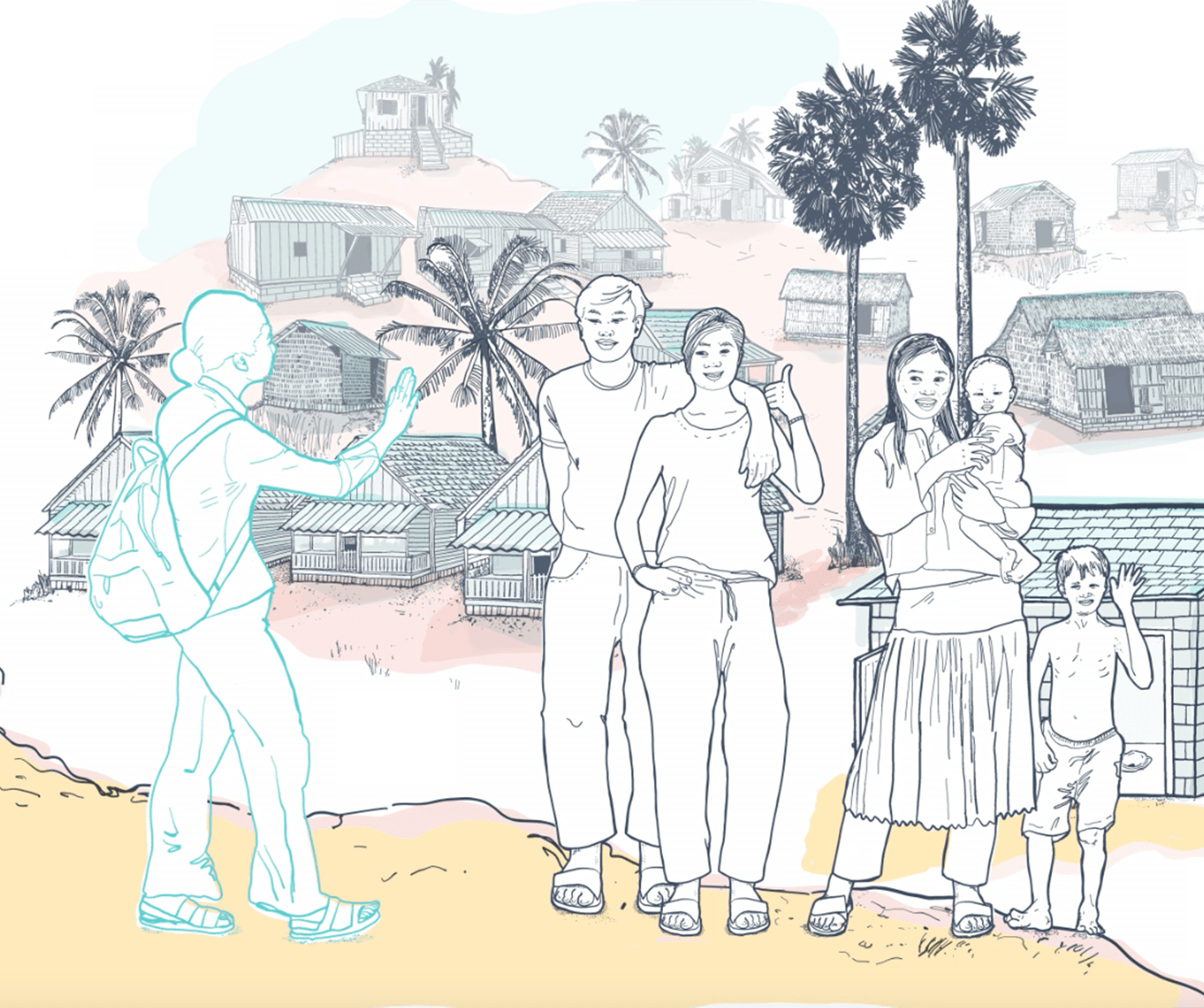Since first appearing at the end of 2019, the novel coronavirus disease (COVID-19) has spread at a pace and scale not seen before. On 11 March 2020, the World Health Organization (WHO) declared COVID-19 a pandemic. A rapid response was called for, and actors across the globe worked quickly to develop sets of preventative measures to contain the disease. One mode of transmission identified early on in the crisis was via surfaces and objects (fomites).
To combat this, hand hygiene was put forward as a key preventative measure and heralded as ‘the first line of defence against the disease’. What followed was an unprecedented global focus on handwashing with soap. Health messages on how germs spread, the critical times at which hands should be washed, and methods for correct handwashing were shared (Centers for Disease Control and Prevention 2020). Political leaders around the world promoted handwashing and urged people to adopt the practice to protect against the coronavirus.
The primary and secondary impacts of COVID-19 have affected people and industries in a variety of different ways. For the WASH sector, the centring of handwashing in the pandemic response has led to a sudden spike in hygiene activity. This SLH Rapid Topic Review takes stock of some of the cross-cutting challenges the sector has been facing during this period and explores the adaptations that have been made in response. It then looks forwards, thinking through what lies ahead for the sector, and considers the learning priorities for the next steps.








